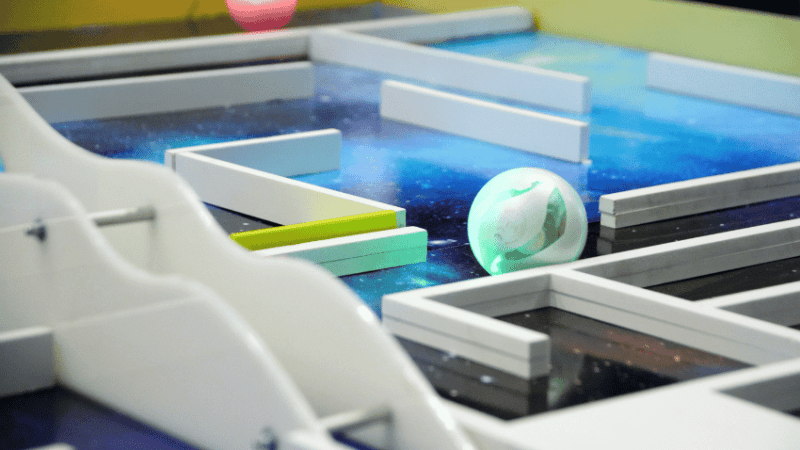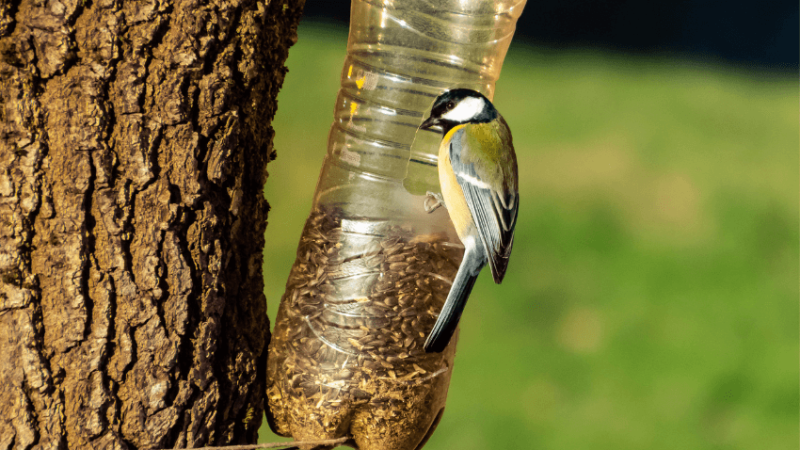Girls In STEM – Drones, Flares and Auto-arms At The Science Museum
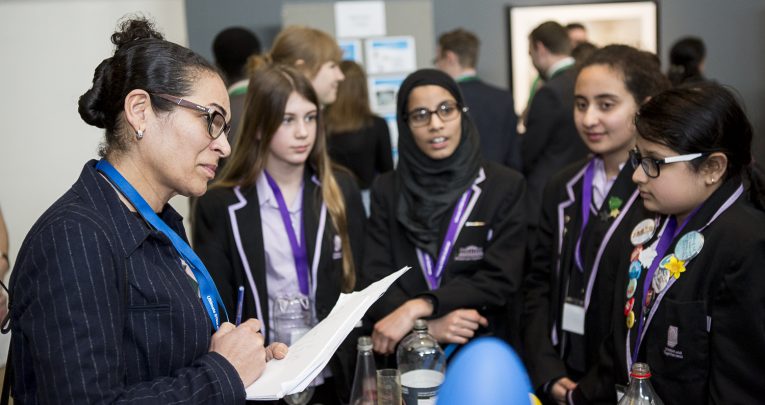
Dr Ajay Sharman, regional STEM Ambassador Liaison Lead for STEM Learning in London and the South East, was bowled over by the creativity and passion on display at this year’s Ultimate STEM Challenge final.
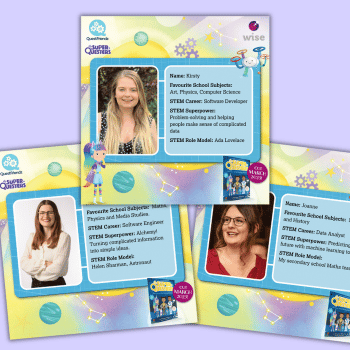
The final of this year’s Ultimate STEM Challenge saw teams from as far afield as Aberdeen, Belfast and Devon descend upon London’s Science Museum.
These 12 teams of students aged 11-14 were involved in the competition not only to win school prizes – including an Ultimate STEM experience day – but also for the opportunity to engage with STEM in new ways.
The competition, now in its third year, invited students to use their STEM skills to tackle real-world energy problems, including the efficient design of water-powered rockets, wing design for a remote-controlled survey aircraft and designing simple auto-robot arms as underwater vehicles (ROVs) to inspect and maintain seabed equipment – all challenges relevant to BP’s day-to-day work.
STEM Ambassadors
All participating schools were offered the opportunity to access STEM Learning’s roving STEM Ambassadors for support, guidance and inspiration.
Many of the teams chose to work closely with our STEM Ambassadors, who are real scientists and engineers from across different industries, many who worked from BP to support this challenge. Through their involvement, STEM Ambassadors could support students in their efforts to deliver innovative solutions.
Reacting to real-life design challenges and interacting with role models like our STEM Ambassadors are both recognised as key ways to encourage an investigative and creative approach to STEM. For me, it’s about giving young people the tools to experiment with confidence and pride.
Girl power!
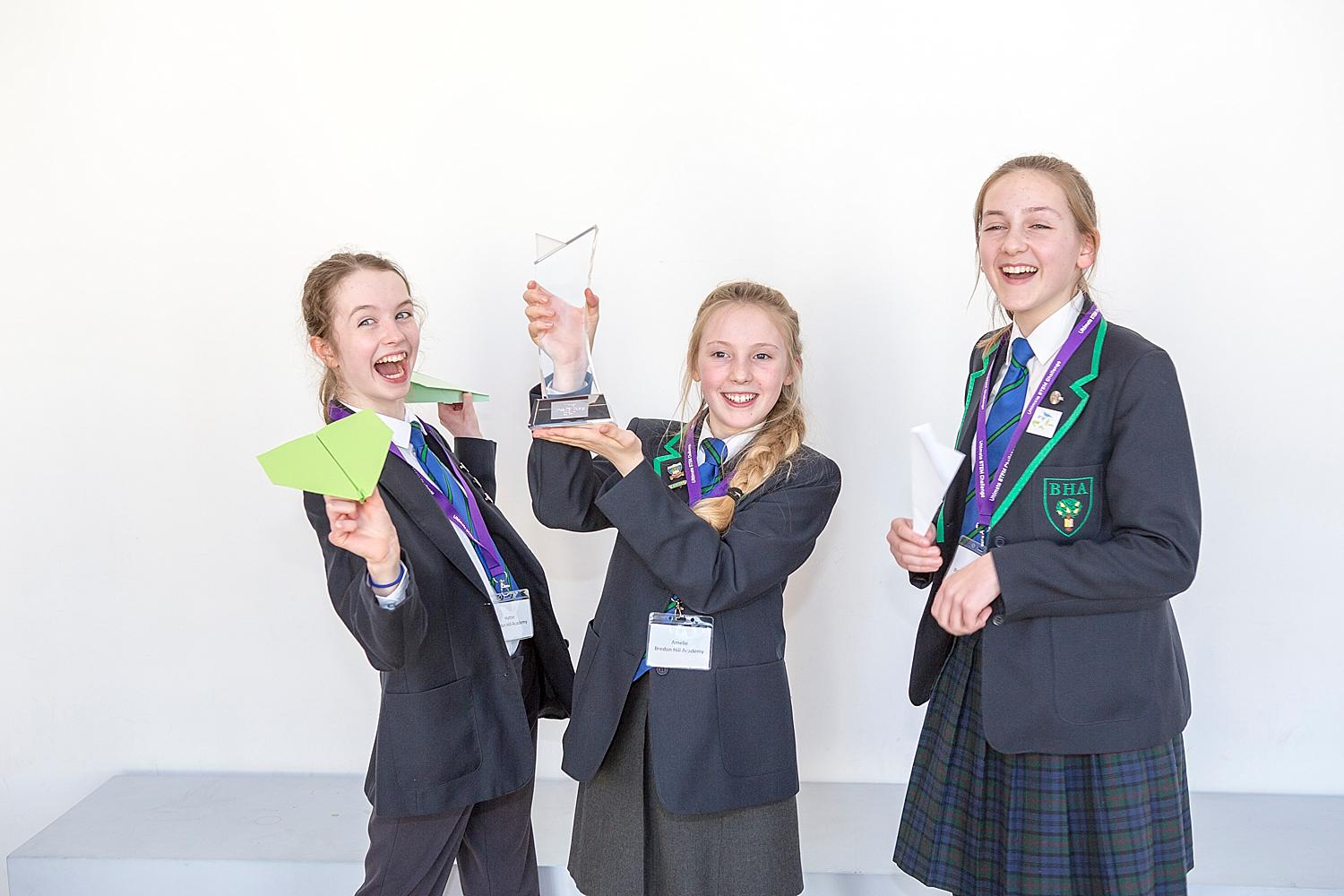 This year’s winning team, Bredon Hill Academy in Evesham, Worcestershire, was comprised of three girls who opted to tackle the efficient design for a remote-controlled survey aircraft. Their winning entry drew inspiration from the gliding draco lizard, which uses its ribs and connected membrane to create ‘wings’ – the idea came by chance when one of the girls was watching the BBC’s Planet Earth II.
This year’s winning team, Bredon Hill Academy in Evesham, Worcestershire, was comprised of three girls who opted to tackle the efficient design for a remote-controlled survey aircraft. Their winning entry drew inspiration from the gliding draco lizard, which uses its ribs and connected membrane to create ‘wings’ – the idea came by chance when one of the girls was watching the BBC’s Planet Earth II.
I thought it was fantastic to see these girls engaged so imaginatively and passionately in the challenge – and winning clearly meant a lot to them, as one student said:
“My confidence has grown so much from practising our presentations in front of our year group last week to presenting to a room full of people today.”
Last year’s winning school, Toot Hill School near Nottingham, had a new team in the final this year. Similarly, these two girls were motivated to show that girls and STEM can be a natural fit:
“We decided to take part because we are both passionate about STEM subjects and we hope to pursue careers within STEM in the future. We are aiming to break gender barriers, as there is a shortage of women within these increasingly important industries. Girls can be passionate about STEM subjects and this opportunity has been an amazing first stepping stone in reaching our ambitions.”
Engaging female students is critical
It is widely known that the UK is facing a STEM skills shortage. According to research, 70% of school children say they like science and maths, but less than a fifth think it is “for them.”
Schools therefore play a vital role in helping to encourage more young people to study STEM subjects and consider STEM careers. Girls in particular are less likely than boys to pursue STEM-related subjects and careers.
In December 2016, the Social Mobility Commission issued its comprehensive report exploring the transition from school to the workplace amongst several types of pupil groups within the UK. It reported that females are more likely to underperform in STEM subjects compared to their male counterparts.
The authors argue that this contributes towards girls being less likely than boys to take STEM subjects during further or higher education. With many subject choices still ‘gendered’, it noted that a “low uptake of STEM subjects by females may constrain their social mobility”.
How can we help address this?
Opportunities to explore STEM topics outside of the regular school schedule, such as STEM clubs, are key to engaging young people. As an example, the Ultimate STEM Challenge, in conjunction with the presence of STEM Ambassadors, can provide a structured and coherent way of exposing students to new ways of thinking about STEM subjects.
As we know, a flash of inspiration can be enough to set a young person on a path for life. Whether that comes from watching Planet Earth II, as this year’s winning team were, or by meeting a STEM Ambassador, our priority is to ensure we continue to be innovative in how we engage young people.
For me, it was truly inspiring to see a team of bright, intelligent and enthusiastic young women win this year’s Ultimate STEM Challenge. As the teams ran off to enjoy the rest of their day in the Science Museum, I sensed that we might be looking at a new generation of role models.
Dr Ajay Sharman is the regional STEM Ambassador Liaison Lead for STEM Learning in London and the South East
The Ultimate STEM Challenge was launched by BP in partnership with STEM Learning and the Science Museum. Find out more at bpes.com/stem-challenge.



